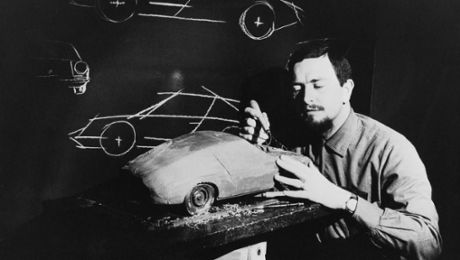The design of the 996 reinterpreted the classic lines of the 911 and yet was distinguished by a low cd value of 0.30. The most striking design characteristic was the front headlights with integrated indicators – initially a controversial concept, but subsequently frequently copied by other manufacturers. Inside the car, the driver discovered a completely new interior, with more space, more comfort and a new instrument arrangement. The forms of the five circular instruments in the cockpit flowed into each other – a break with previous models and a sign of things to come.
Model variants
With its many new variants, the 996 saw Porsche begin an unprecedented product strategy. Along with the familiar 911 Carrera, 911 Carrera 4 and 911 Turbo with its different Coupé, Cabriolet and Targa bodies, the highlight of the 996 model series appeared in 1999 in the form of the 911 GT3, which followed in the tradition of the 911 Carrera RS. From autumn 2000, the 462 PS 911 GT2 brought an even more extreme sports car to the range, and featured ceramic brakes as standard. In 2004, Porsche also started selling the track-focused 911 GT3 RS.

